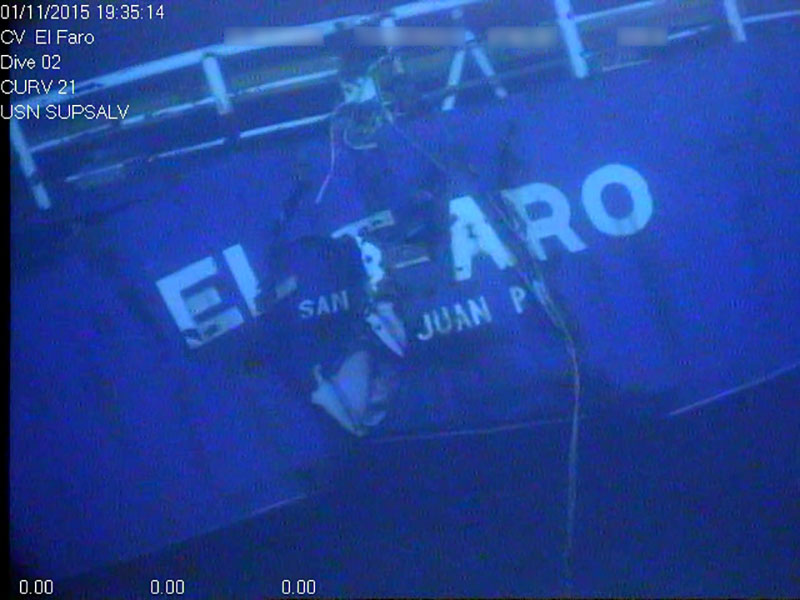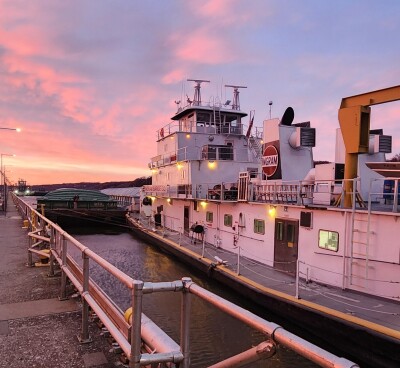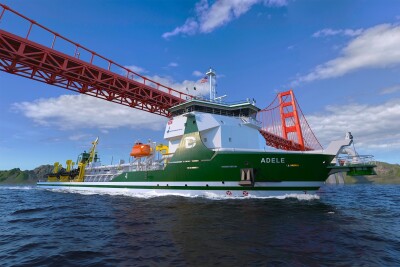In my March 7 blog, (The Matsonia: El Faro all over again?) I opined that the appearance of a crack in the hull of the Matsonia, sistership to the ill-fated El Faro, was symptomatic of the effect of the Jones Act on vessel inspection and certification, and on U.S. shipbuilding.
The comments to my blog were predictable, except to the extent that they agreed with my premise. Some of the comments deserve a response.
Jonathan Feffer pointed out that Matson has placed newbuilding orders, “but did so many years too late.” He continued: “The impediment is the cost of construction which is 3-4 times the cost abroad,” which, of course, corresponds with the point of my blog. He also makes an important point that I didn’t address, that there are no U.S. manufacturers of the slow-speed diesel engines required by ships of this size. He noted that “slow speed diesel main engines must be sourced overseas.” This is an issue that must be addressed by U.S. engine manufacturers. It’s not a political issue, but a matter of design, metallurgy and engineering.
Ed Turkisher accused me of “trying to blame the Jones Act for the crack in Matsonia’s hull and the sinking of the El Faro. Sorry, the El Faro went down because of an arrogant captain.” However, my blog’s only comment on the El Faro disaster was “. . . some discussion followed as to why a 40-year-old ship with a history of structural and mechanical problems was still in service.” My comparison of the two vessels was to the fact that they were/have been in service for twice the normal life of vessels this size.
M. Dicello noted, “As for the collapse of U.S. shipbuilding, NASSCO would probably disagree. So would Edison Chouest North American shipyard, plus Tampa Bay.” However, Dicello doesn’t address the apparent fact that without the Jones Act, and with the “3-4 times cost” mentioned by Mr. Feffer, none of these yards would be cost-competitive with foreign yards, or that fact that the thrust of my blog was that the question of the Jones Act’s effect on U.S. shipyards is a political one.
George Critch wrote that the "fact that a ship of that age is still sailing isn’t a political anomaly, it is a failure of regulators and insurers living up to their responsibilities and caving in to those that they regulate.” This appears to correspond with my blog’s note that ABS and the Coast Guard are being forced to allow political considerations to affect their findings.
Frank Jope wrote, “Max Hardberger is not qualified to write an article on ships. Cracks happen quite frequently.” Of course, as a marine surveyor to the major P&I clubs for over 20 years — dealing with ships the size of the Matsonia — and as a federal court-admitted expert on hull condition, I hope that I am qualified to write a blog on the subject. Cracks may happen “quite frequently” on the ships on which Mr. Jope serves, but as a former class surveyor for the Panamanian flag, I can state without reservation that cracks do not happen quite frequently on ships carrying valid certificates. The presence of a crack caused by wastage is a serious matter and may even bring a suspension of class pending drydocking and an ultrasound inspection of the entire hull.
On a personal note, my friend and colleague Hendrik F. Van Hemmen wrote, “Max, this mixes and matches various issues to draw an unrelated conclusion.” However, since Hendrik didn’t explain further, all I can say in response is that the core issue addressed by my blog was the effect of the Jones Act on vessel safety and the maritime industry. And since my conclusion was that the solution will be a political one, they do seem related to me. But it’s always good to hear from a friend of so many years.





